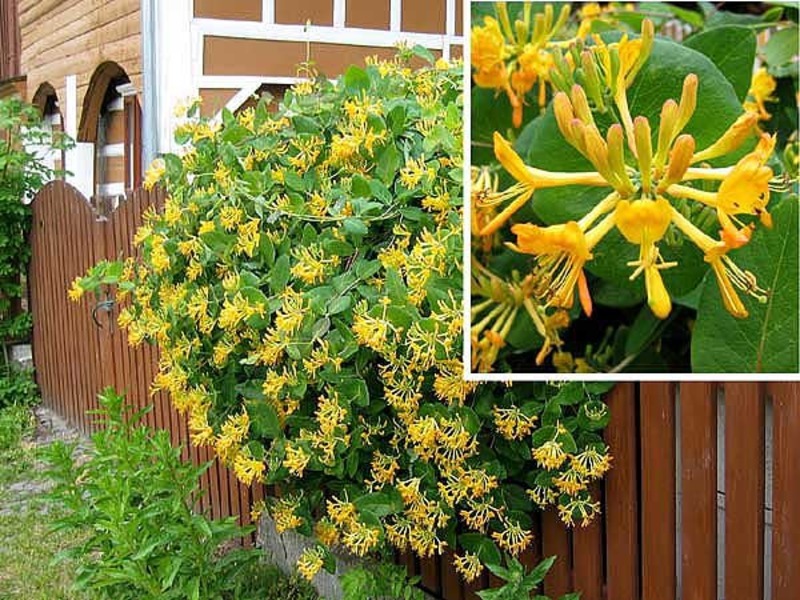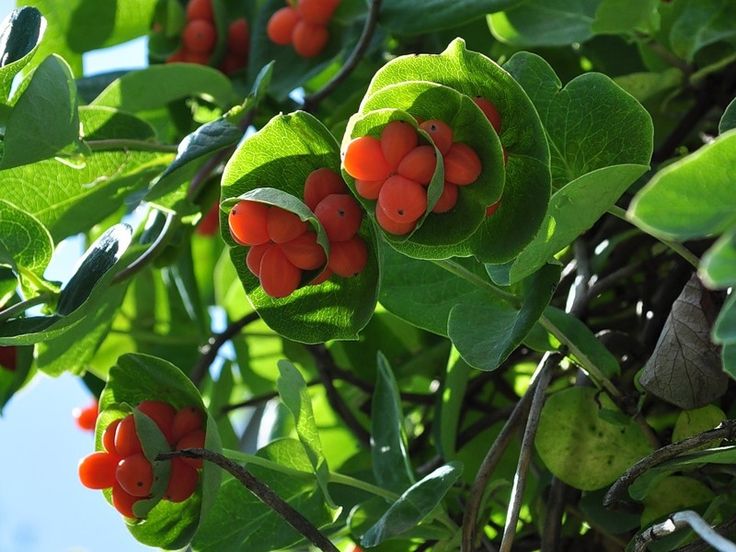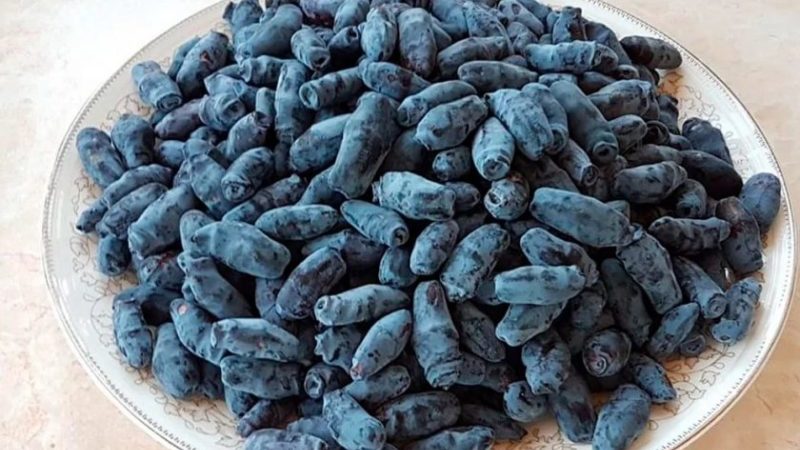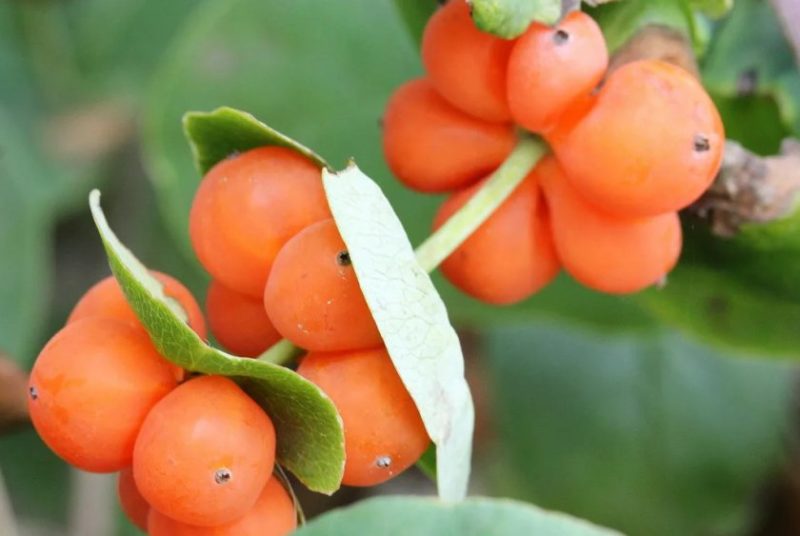Edible or not honeysuckle fruit honeysuckle
Many gardeners grow honeysuckle on the site. Varieties of edible, or blue, honeysuckle give a rich harvest of tasty and healthy berries, decorative varieties adorn alleys and gazebos. One of them is honeysuckle. This climbing shrub is used for vertical landscaping and its flowers are used in the cosmetics industry. Consider the features of honeysuckle honeysuckle, whether its berries are edible or not.
The content of the article
Honeysuckle honeysuckle

Honeysuckle honeysuckle, or goat, fell in love with summer residents for the rapidly growing greenery and abundant flowering. The climbing shrub perfectly tolerates formative pruning and is used for landscaping fences, arbors, terraces.
From May to July, the plant is covered with white or pinkish flowers with a delicate aroma that intensifies in the evening.
Interesting! The essential oil contained in honeysuckle flowers is used as an aphrodisiac.
In late July - early August, orange or red berries with a diameter of 6–8 mm ripen on the bushes.
Edible fruit or not
Like other types of decorative honeysuckle, the berries of the honeysuckle are inedible... They taste very unpleasant, with a sharp, persistent bitterness. They contain the glycoside xylosteine, which causes disorders of the digestive system: nausea, vomiting, diarrhea.
How poisonous are the berries of honeysuckle

There is no reliable information on the degree of toxicity of the fruit, since no special studies have been carried out. The greatest risk is for young children exploring the backyard and eager to try everything to the teeth. Just a few berries can cause stomach cramps, nausea, and diarrhea.
Important! Seek medical attention if signs of poisoning occur.
An adult will have to eat at least a handful of berries to feel the symptoms of poisoning. Given the very unpleasant taste, it is almost impossible to consume them in the amount necessary for serious poisoning.
How to distinguish edible and inedible honeysuckle

Varieties edible honeysuckle recognize by such signs:
- non-curling shrub no more than 2 m high;
- the fruiting period occurs at the very beginning of summer;
- berries are dark blue or blue-blue, with long stalks;
- fruits are elongated, fusiform, covered with a waxy coating;
- the taste is pleasant, in some varieties with a slight bitterness.
Ornamental inedible honeysuckle grows strongly (height honeysuckle reaches 6 m). The berries of such plants are small, rounded. The color changes from bright orange to dark red. The fruits are located on short stalks, often grow together. This, for example, occurs in the common honeysuckle, which is popularly called the wolfberry.

Honeysuckle in folk medicine
Infusions of leaves and flowers have antipyretic, anti-inflammatory, diuretic effects.
Attention! Please consult your doctor before using medicines.
Raw materials are harvested at the beginning of the flowering of honeysuckle. First, dry in the shade or in a dehydrator at + 35 ... + 40 ° C. Dried flowers are stored in an airtight container, out of sunlight, for a year, leaves - up to 2 years.
Infusion for cystitis
Thanks to the anti-inflammatory and diuretic action, the infusion relieves the condition in chronic cystitis.
Take 1 tsp. dry leaves, pour a glass of hot water (+ 90 ° C) and leave for about half an hour. Filter the liquid, take 1 tbsp. l. 3-4 times a day.
With a cold
To reduce fever for colds, use an infusion of flowers: 1 tsp. raw materials are poured with a glass of hot (+ 90 ° C) water and infused for an hour. The filtered infusion is taken in 1 tbsp. l. in the morning and in the evening.
Gargling with angina
As an additional anti-inflammatory agent for stomatitis, angina, pharyngitis, rinsing with an infusion of leaves is used.
For this, 1 tbsp. l. dried leaves are poured with 250 ml of hot (+ 90 ° C) water and insisted for 10-15 minutes. The cooled infusion is filtered, used to rinse the mouth and throat.
To heal wounds
Honeysuckle leaves help minor cuts and scrapes heal quickly. For this, fresh raw materials are kneaded until juice appears, wrapped in gauze and applied to the damage.
Conclusion
Due to the rapid growth, beauty of flowers and fruits honeysuckle used for vertical gardening. Are the ornamental honeysuckle berries edible? No, many crops contain xylosteine, which causes food poisoning. The fruit tastes very bitter.
For medicinal purposes, the leaves and flowers of honeysuckle are used. They have antipyretic, anti-inflammatory, antiseptic, diuretic and healing properties.